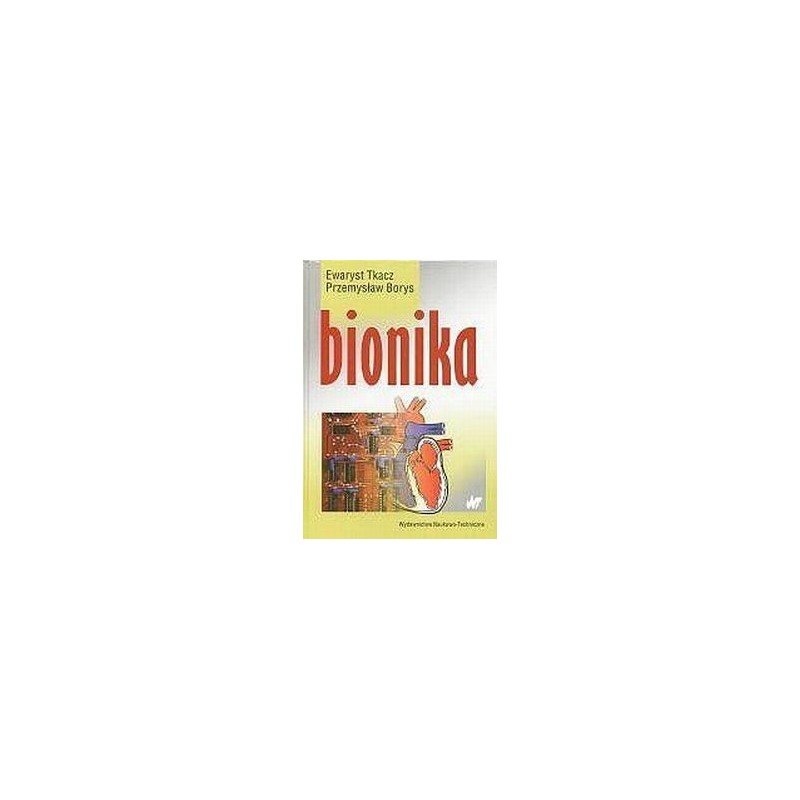- Out-of-Stock



About the book
Table of Contents
1. Introduction
1.1. What is bionics?2. Construction of biological systems
2.1. Electrical activity of cells and tissues3. Functions of biological systems
3.1. Ensuring autoregulation in a human4. Biological signals
4.1. Impedance measurementsNeedle bending needle, for precise glue application, Flux 0,26mm internal diameter and 0,4636mm outside diameter
No product available!
No product available!
AVT kit for self-assembly of a remote two-channel switch RECEIVER. AVT5455 / 2 B
No product available!
No product available!
No product available!
No product available!
Angular contact strip in black, double-breasted, female, 2x3, pitch 2.54mm, THT, RoHS. PBD06R
No product available!
HK Turnigy Heat Shrink Tube 40mm Blue (1mtr) (13837)
No product available!
No product available!
Universal temperature sensor - a set for self-assembly
No product available!
No product available!
This gearmotor consists of a high-power, 12 V brushed DC motor combined with a 46.85:1 metal spur gearbox, and it has an integrated 48 CPR quadrature encoder on the motor shaft, which provides 2248.86 counts per revolution of the gearbox’s output shaft.
No product available!
LPCXpresso4337 starter board with a dual-core LCP4337 microcontroller (Cortex-M4F + Cortex-M0 +). The set is equipped with a built-in programmer, buttons, diode, SPI Flash quad flash and USB - UART konwetrer
No product available!
No product available!
ArduCam MT9D111 2MPx camera module with matrix MT9D111. Resolution: 1600 x 1200 px (2 MPx), pixel size: 2.8 x 2.8 μm, built-in JPEG encoder - operating in real time. B0010
No product available!
No product available!

